China on Wednesday released a chronicle of international cooperation on the WHO-convened Global Study of Origins of SARS-CoV-2: China Part.
COVID-19 is the most serious pandemic and the biggest public health emergency the world has experienced in a century. The origins-tracing of SARS-CoV-2 aims to identify the zoonotic source of the virus and the route of introduction to the human population, including the possible role of intermediate hosts. The work is of vital importance to taking targeted interventions against infectious diseases and reducing the risk of similar events occurring. To produce a research report that can stand the test of history, a paramount principle that must be upheld is sticking to the spirit of science, adopting a science-based approach, and following the law of science.
The origins-tracing study is a complex and serious matter of science. To study the origins, transmission and evolution of COVID-19, which has raged across over 200 countries and regions, the global science community needs to work together so that science, solidarity and cooperation will prevail over ignorance, isolation and prejudice.
China has its share of COVID-19 prevention and control work. Yet, it has twice invited international experts to conduct origins-tracing studies. In a science-based, open, transparent and cooperative manner, China offered the necessary facilitation for WHO expert team's work in Wuhan. With a sense of responsibility and urgency, the WHO-China joint team completed the China part of the global study of origins, giving a panoramic view of the work methods and major findings of origins-tracing study and offering suggestions for the next phase of global origins-tracing work.
Based on media reports and information from China's National Health Commission, research institutes, universities and other relevant parties, Xinhua reporters have reviewed major facts of China's facilitation for the WHO-China joint team's origins-tracing study in Wuhan. The following are the major facts in chronological order.
2020
◆ From July to August, WHO and China conducted the groundwork for studies to better understand the origins of the virus. Terms of Reference (TORs) were agreed that defined a phased approach, and the scope of studies, the main guiding principles and expected deliverables. The TORs envisaged an initial Phase 1 of short-term studies to better understand how the virus might have been introduced and started to circulate in Wuhan, China.
■ On July 11, an advance team, comprised of two experts, Mr. Olivier le Polain and Dr. Peter K. Ben Embarek, arrived in China to conduct preparatory consultation on origins-tracing scientific cooperation.
■ Between July 11 and Aug. 2, experts from China and WHO held 16 meetings to exchange their views. Chinese experts introduced epidemiological investigation results of early cases in Wuhan, testing results of animal and environmental samples, data analysis of the testing results from wild animal surveillance samples, the oversight over food safety, the main hypotheses of virus transmission paths, the source of infection and potential unknown factors of the early clustered cases, among others. At the request of the WHO experts, China also arranged a special video conference between the WHO experts and Dr. Shi Zhengli's team from the Wuhan Institute of Virology, Chinese Academy of Sciences. The Chinese and WHO experts agreed on a workplan for the China part of the WHO-convened global study of origins of SARS-CoV-2.
■ On Aug. 2, the WHO team left China after the visit.
◆ From October to December, the Chinese experts and the WHO international team held four online meetings to discuss the progress of the global study of origins of SARS-CoV-2 and the work methods of the joint study on origins-tracing.









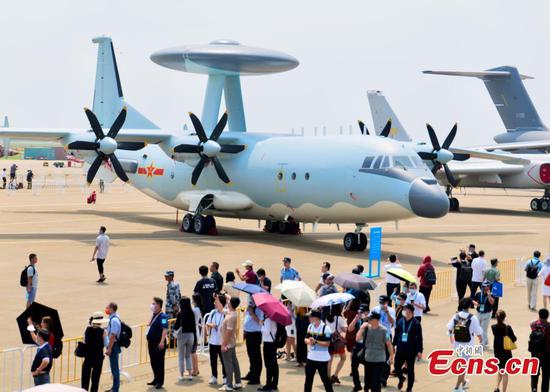


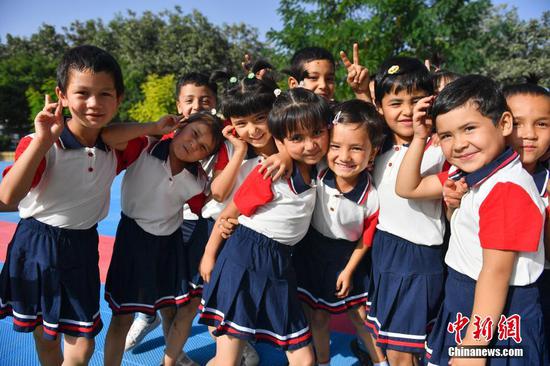
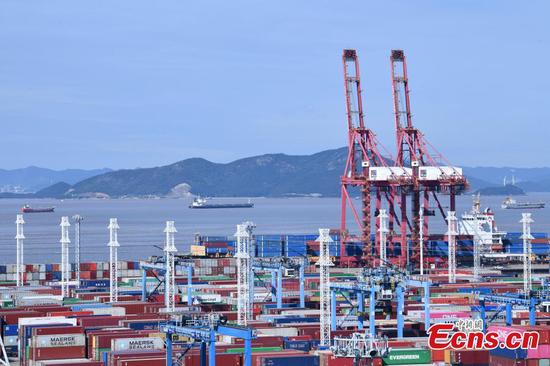

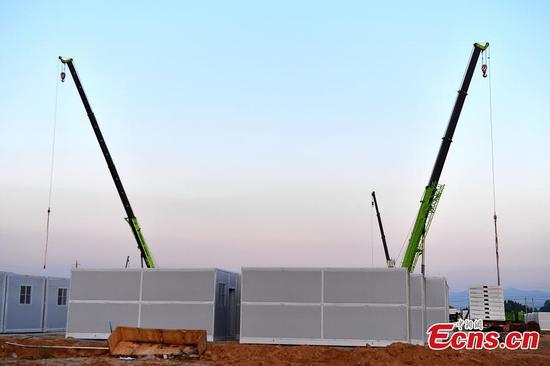
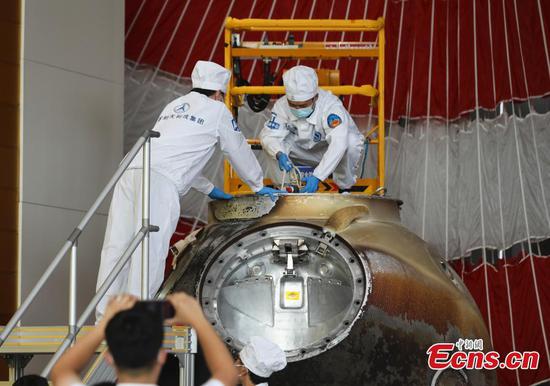




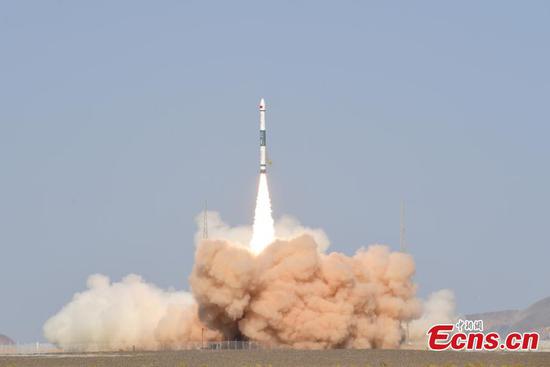


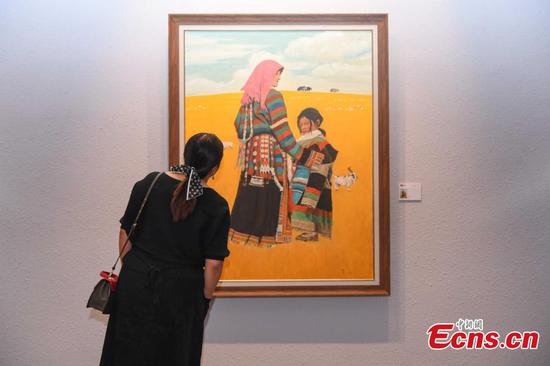

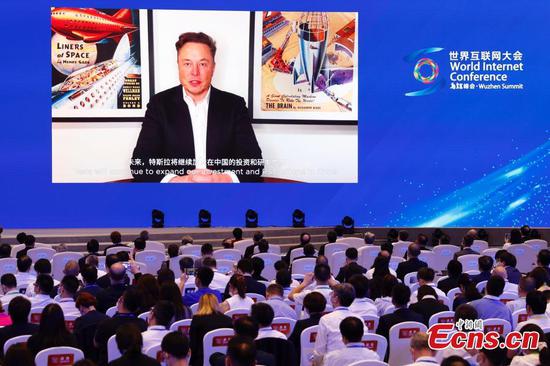





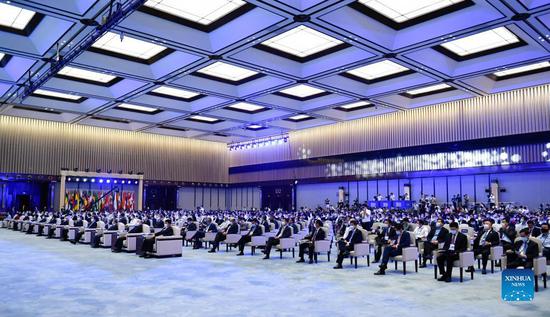


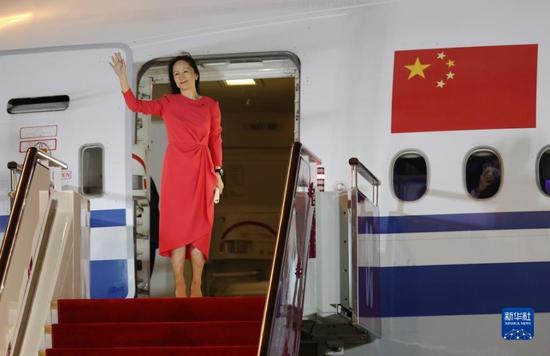

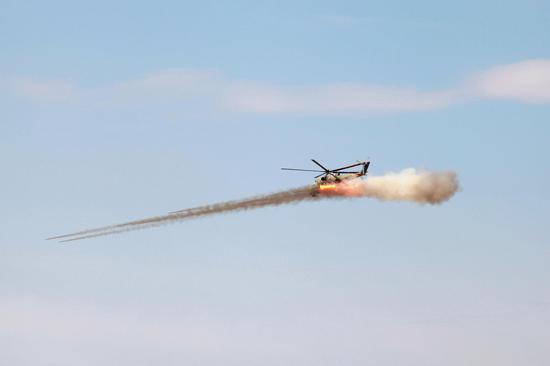
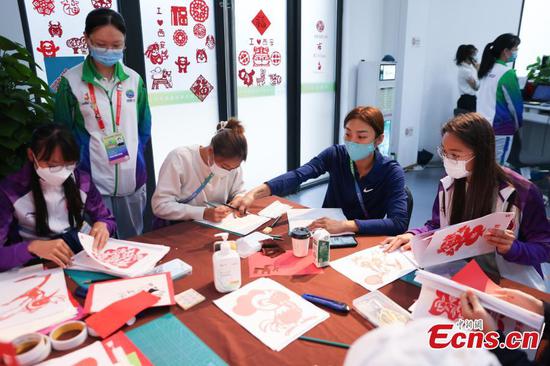







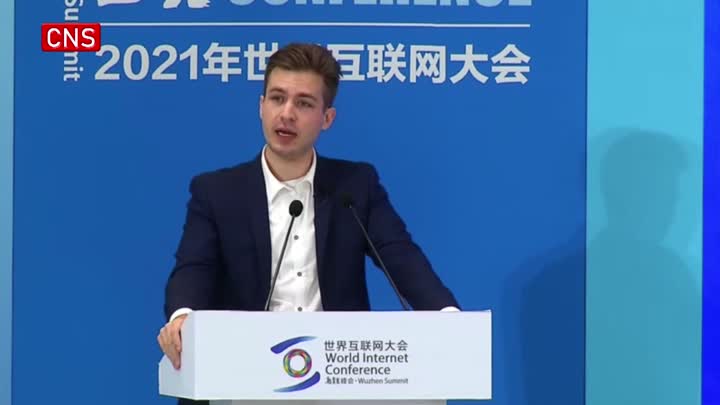

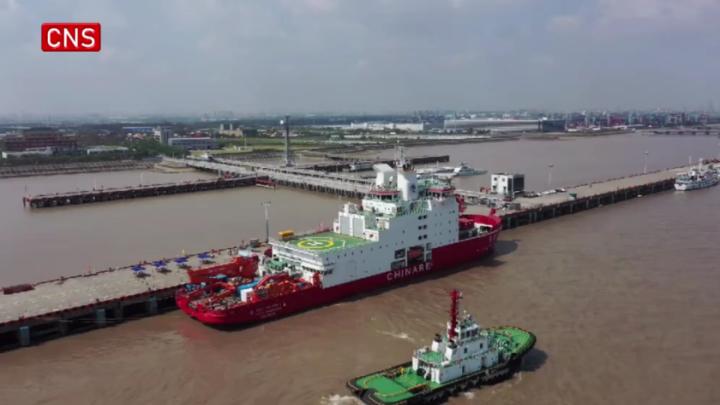

 京公网安备 11010202009201号
京公网安备 11010202009201号